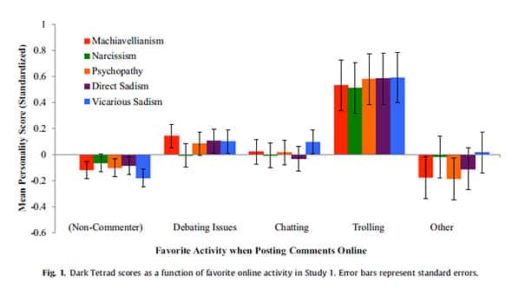Light helps us to see things (not talking about blind people). But lately, scientists at British company Surrey NanoSystems have developed such a material so dark that people can’t see it.
Scientists are calling this developed material as Vantablack. It contains a super black coating that absorbs 99.96% percent of visual light. Vantablack is so dark that the human eye can’t discern its shape and dimension. In other word, light can’t pass through it. Therefore this dark material is now being considered one type of Black hole in Earth by scientists.
However, Vantablack is made out of carbon nanotubes. The nanotubes are 10,000 thinner than human hair and are so tightly packed together that light particles can’t get through them. This means most of the light is absorbed, creating an effect that its inventors describe almost like a black hole. Vantablack can be used to calibrate astronomical cameras, telescope and infrared scanning systems to get better readings.
In a statement, Ben Jensen has said, “It reduces stray-light, improving the ability of sensitive telescopes to see the faintest stars, and allows the use of smaller, lighter sources in space-borne black body calibration systems. Its ultra-low reflectance improves the sensitivity of terrestrial, space and air-borne instrumentation.”
On the other hand, Stephen Westland, a professor of color science and technology from Leeds University in the UK has said, “Many people think black is the absence of light. I totally disagree with that. Unless you are looking at a black hole, nobody has actually seen something which has no light.”
Source: The Independent
[ttjad keyword=”blackberry”]




